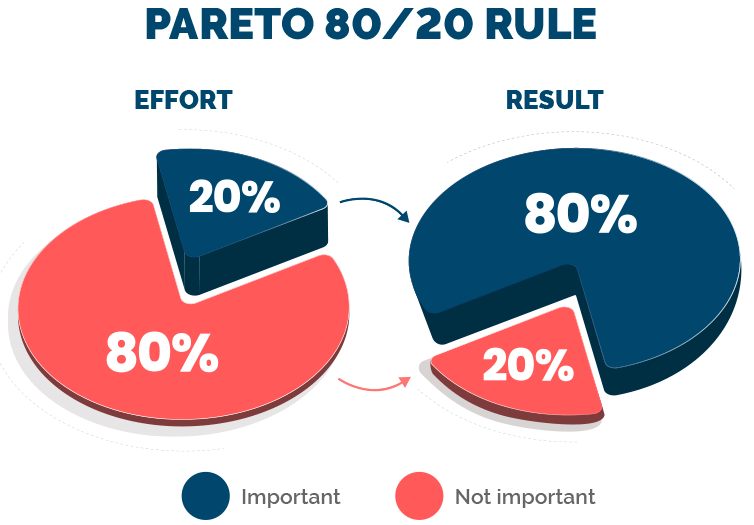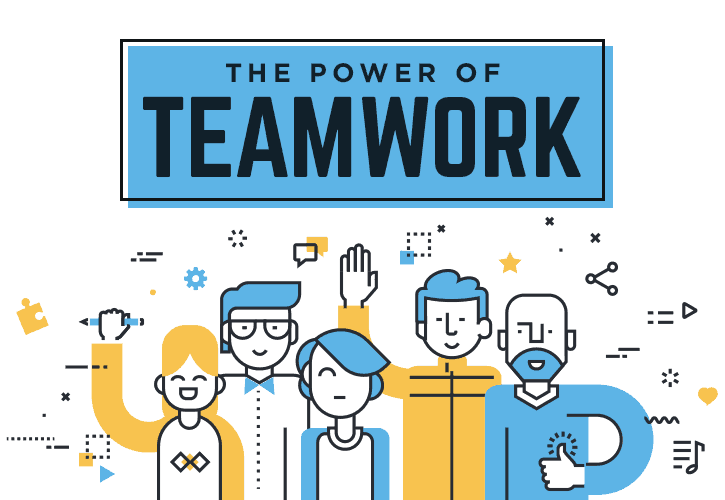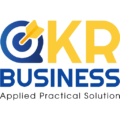In today’s constantly fluctuating global business environment, setting and pursuing clear objectives is crucial for businesses to survive and thrive. However, many organizations still grapple with traditional goal management methods, often facing a lack of flexibility and a disconnect between overall strategy and daily operations.
So, what value does implementing Google’s OKRs bring, and how can this method be applied effectively? The OKR (Objectives and Key Results) management method, a dynamic goal-setting system, has been proven by numerous businesses to be an effective solution to this challenge.
Pioneered by Intel and successfully implemented by Google, LinkedIn, Twitter, and other giants, OKRs are gradually becoming the guiding principle for modern businesses of all sizes, especially young companies experiencing rapid growth. This article will analyze 7 key takeaways from Google’s practical experience to help you better understand the power of OKRs and how to implement them effectively in your business.

Google is a classic example and inspiration for the OKRs management method.
#1: OKRs – Not Just for Tech Giants
Many mistakenly believe that OKRs are only suitable for large-scale technology corporations like Google or LinkedIn. However, the effectiveness of Google’s OKRs has significantly contributed to the rapid growth of these giants. As Rick Klau of Google Ventures shared, Google wouldn’t be where it is today without implementing OKRs from its early stages. OKRs provided Google – then a young and ambitious company – with the solid framework and transparency needed to align the entire organization towards common goals.
The lesson for other businesses: OKRs are a flexible goal management principle suitable for various business types and sizes. Startups with limited resources, in particular, can benefit from OKRs to optimize performance and achieve desired goals.
#2: Aligning Every Member with Common Objectives
One weakness of traditional goal management methods is the lack of alignment between individual and departmental goals with the overall business strategy. This leads to a lack of focus, wasted resources, and difficulty in measuring work effectiveness. OKRs address this issue by creating a strong connection between different levels within the organization. The CEO’s objectives cascade down to departments, teams, and individuals, while the goals of lower levels are filtered upwards to ensure alignment with the overall direction.
From an analytical perspective, applying Google’s OKR model shares similarities with Peter Drucker’s Management by Objectives (MBO) theory, which emphasizes setting clear goals with the participation of all organizational members. However, OKRs are more specific by incorporating “Key Results” – concrete, measurable outcomes – that help track progress and objectively evaluate effectiveness.
#3: Focusing on What Matters Most
OKRs encourage focus by limiting the number of objectives and key results. According to the Pareto principle (80/20), 80% of results typically come from 20% of effort. Applying this to OKRs, businesses should focus on 3-5 of the most important objectives, with each objective having a maximum of 3-5 key results. This ensures focus and optimizes resources for goals that deliver the highest value.
One of the most common problems in work management is having too many objectives. Setting too many goals simultaneously can lead to scattered resources and reduced work efficiency. Many managers and leaders globally have confirmed that teams focusing on a few critical objectives often deliver significantly higher performance than those with too many goals.

Identifying and focusing on what is important is paramount to achieving maximum effectiveness.
#4: Maintaining a Regular Rhythm of Monitoring and Feedback
For Google’s OKR principle to be effective, regular monitoring and feedback are crucial. Periodic meetings between managers and employees (at least bi-weekly) help track progress, adjust plans, and maintain work motivation. Especially in a quarter that lasts only 13 weeks, ensuring everyone is on track and meeting deadlines is vital.
Analysis: Regular feedback enhances accountability, fosters commitment, and facilitates two-way communication between managers and employees. This aligns with the “check and adjust” principle in the PDCA (Plan-Do-Check-Act) cycle – a popular quality management model.
#5: OKRs Promote a Performance-Oriented Culture
OKRs are not just a goal-setting tool but also an effective management and work measurement system. By quantifying focused outcomes, OKRs provide concrete data to assess progress and adjust action plans. The transparency in tracking OKRs promotes accountability, discipline, and creates a strong performance-oriented culture within the organization.
Google itself is a prime example of using OKRs to measure the effectiveness of projects, products, and even individual employee performance. Data from OKRs helps Google make quick and accurate evidence-based decisions, optimize resources, and achieve outstanding growth.
#6: Leveraging Collective Strength
For OKRs to be truly effective, the participation of all organizational members is key. Businesses should encourage employees at all levels to contribute to the OKR setting process. According to John Doerr, the “father” of Google’s OKRs, 50-70% of objectives should come from lower levels. This not only promotes commitment and a sense of ownership but also helps harness collective intelligence, leading to more creative and effective solutions. This approach aligns with the situational leadership philosophy applied at Google, which emphasizes empowerment and facilitating employee participation in decision-making.

Challenging goals can only be achieved with strong team contributions.
#7: Enhancing Work Productivity
Admittedly, setting up and tracking OKRs requires initial time and effort. However, in the long run, this principle has been shown by many businesses to significantly save time and resources during implementation and execution. OKRs also help managers and leaders reduce unnecessary meetings, avoid wasting time on non-priority tasks, and optimize resource allocation. Instead of spending hours in meetings discussing endless emerging issues, OKRs help clearly define priorities and focus resources on addressing the most critical problems.
OKRs are a powerful goal management system that offers numerous benefits for businesses, from strategic alignment and enhanced accountability to driving work performance and optimizing resources. By scientifically and flexibly applying the lessons and management principles of Google’s OKRs, businesses can overcome challenges in setting and achieving goals, creating a solid foundation for sustainable development.





